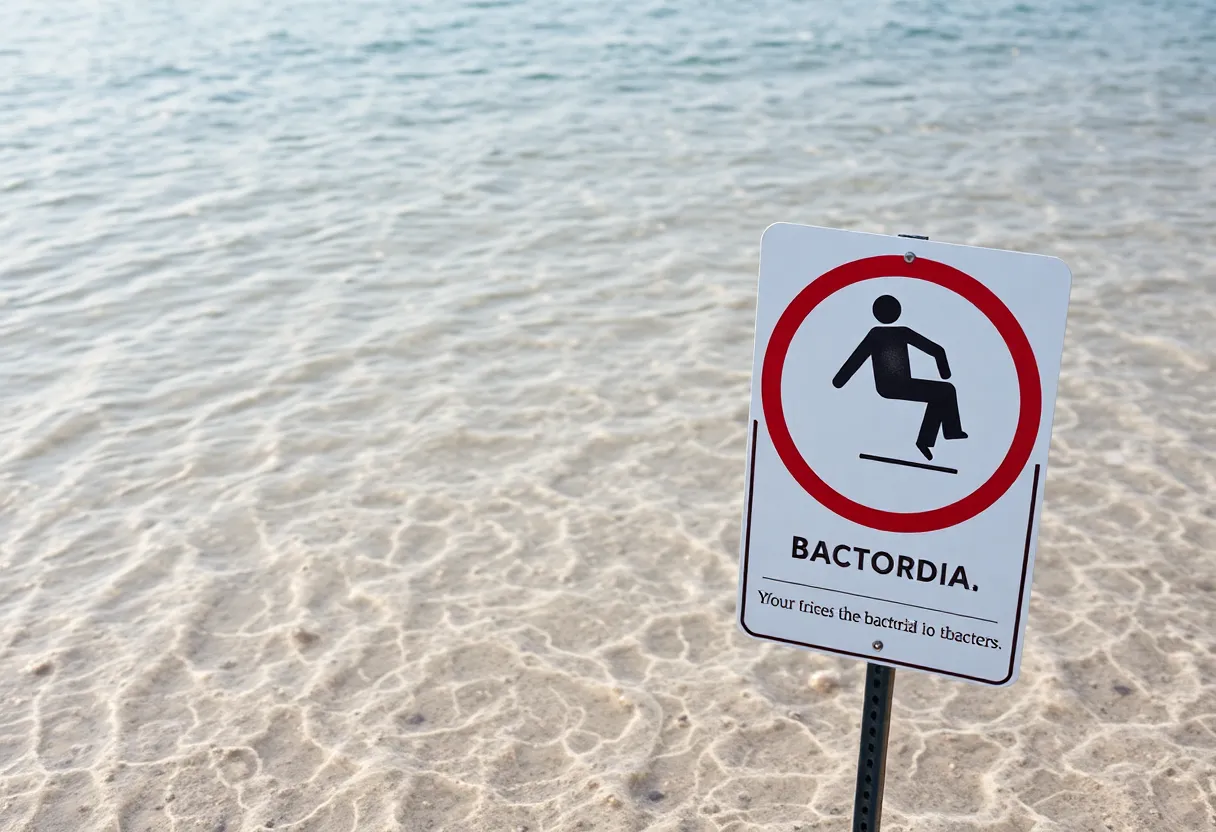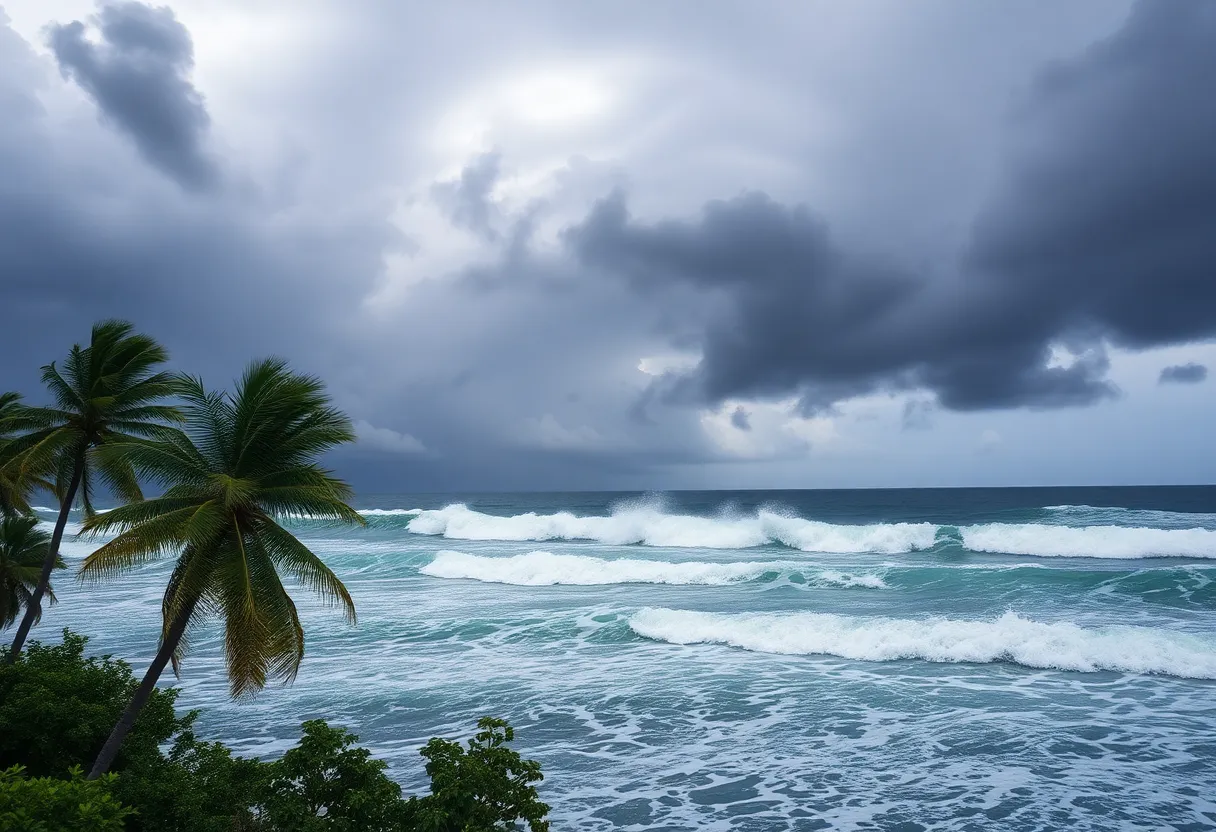News Summary
Florida health officials have confirmed four deaths from Vibrio vulnificus infections, with over seven more residents reported ill. This rare but dangerous bacterium, known for causing severe health complications, thrives in warm saltwater. Recent trends indicate a concerning rise in cases, which seem to spike during periods of flooding associated with hurricanes, raising significant public health alarms as the state approaches the busy summer season.
Florida health officials have reported that four individuals have died from infections linked to the bacteria Vibrio vulnificus this year, raising alarm about the risks associated with this rare but dangerous pathogen. In addition to the fatalities, over seven residents have fallen ill due to the same bacteria, according to data from the state’s Department of Health, as of July 11.
The deaths were confirmed across four different counties: Bay County, Broward County, Hillsborough County, and St. Johns County. Though infections from Vibrio vulnificus are considered rare, with an average of 150 to 200 cases reported annually to the Centers for Disease Control and Prevention (CDC), the recent surge has raised public health concerns.
Vibrio vulnificus, often termed as “flesh-eating” bacteria, thrives in warm saltwater and brackish water, which is a mixture of salt and freshwater. Most infections stem from consuming contaminated raw or undercooked seafood—especially shellfish like oysters—or through open wounds exposed to contaminated waters. Although healthy individuals typically experience mild symptoms if infected, the bacteria can be deadly when it enters the bloodstream or if there are pre-existing health conditions.
An alarming statistic shows that approximately 1 in 5 people infected with Vibrio vulnificus can die, sometimes within just one to two days after becoming ill. Common symptoms of an infection include diarrhea, stomach cramps, nausea, vomiting, fever, and visible reactions such as redness, swelling, blisters, or skin breakdown at the infection site.
Historically, Florida has seen spikes in cases and fatalities related to Vibrio vulnificus, often in alignment with major hurricanes. For instance, between 2016 and 2024, Florida averaged 48 cases and about 11 deaths annually. In 2022, 74 cases and 17 deaths were reported, which were linked to Hurricane Ian’s impact. The following year, 2023, saw 82 cases and 19 deaths associated with hurricanes Helene and Milton. Such weather events lead to flooding that can introduce seawater into freshwater environments, facilitating the spread of the bacterium.
Populations most at risk include individuals with weakened immune systems, chronic liver disease, or those aged over 65. Serious infections can lead to complications such as septic shock and necrotizing fasciitis, conditions which may require surgical interventions like limb amputation. The visible signs of an infection can manifest rapidly, sometimes appearing within hours after exposure.
To reduce the risk of infection, health officials recommend that individuals cover any open wounds before entering the ocean and seek immediate medical attention if symptoms arise. The CDC has indicated that Vibrio bacteria are naturally present in coastal waters year-round and may extend their range as climate change raises ocean temperatures.
Across the U.S., vibriosis-related infections result in approximately 80,000 illnesses and around 100 deaths annually, underscoring the public health implications of Vibrio vulnificus and related bacteria. As Florida navigates the summer months and the potential for increased water activities, caution and awareness remain vital in the prevention of these severe infections.
Deeper Dive: News & Info About This Topic
- USA Today
- NBC News
- People
- UPI
- CBS News
- Wikipedia: Vibrio vulnificus
- Google Search: flesh-eating bacteria
- Google Scholar: Vibrio vulnificus
- Encyclopedia Britannica: Vibrio vulnificus
- Google News: flesh-eating bacteria Florida

Author: STAFF HERE ORLANDO WRITER
ORLANDO STAFF WRITER The ORLANDO STAFF WRITER represents the experienced team at HEREOrlando.com, your go-to source for actionable local news and information in Orlando, Orange County, and beyond. Specializing in "news you can use," we cover essential topics like product reviews for personal and business needs, local business directories, politics, real estate trends, neighborhood insights, and state news affecting the area—with deep expertise drawn from years of dedicated reporting and strong community input, including local press releases and business updates. We deliver top reporting on high-value events such as Orlando International Fringe Theatre Festival, Megacon Orlando, and Central Florida Fair. Our coverage extends to key organizations like the Orlando Economic Partnership and Hispanic Chamber of Commerce Metro Orlando, plus leading businesses in leisure and hospitality that power the local economy such as Walt Disney World Resort, AdventHealth, and Universal Orlando. As part of the broader HERE network, including HEREJacksonville.com, HEREPetersburg.com, HERETallahassee.com, and HERETampa.com, we provide comprehensive, credible insights into Florida's dynamic landscape.




